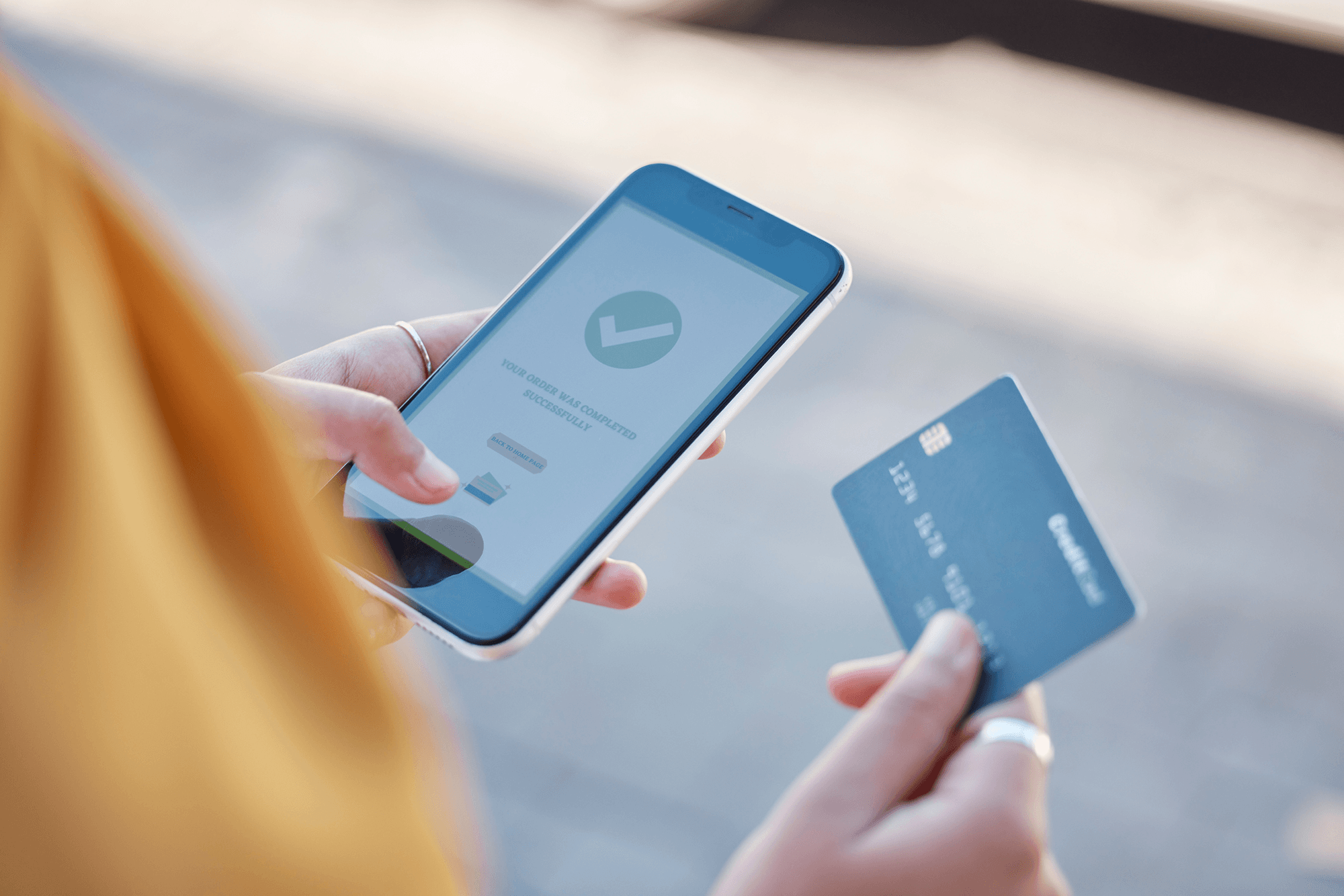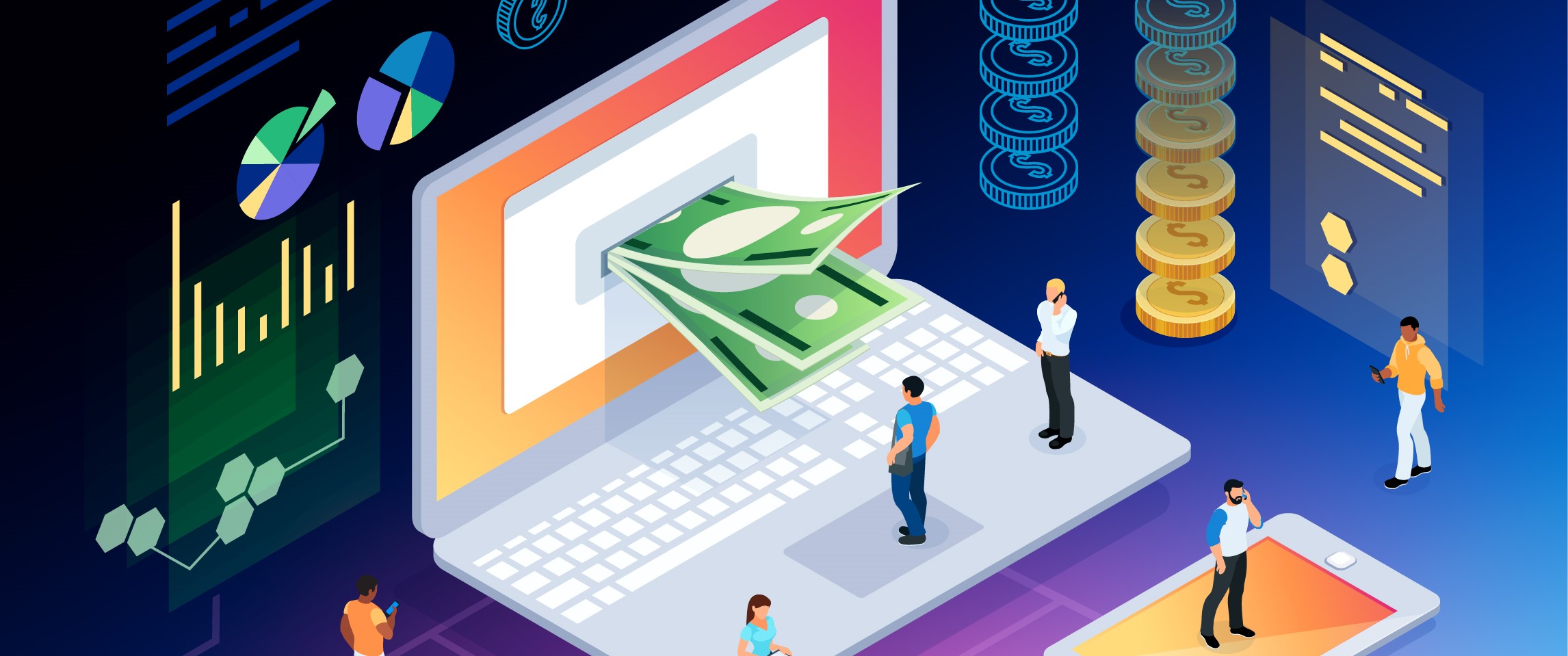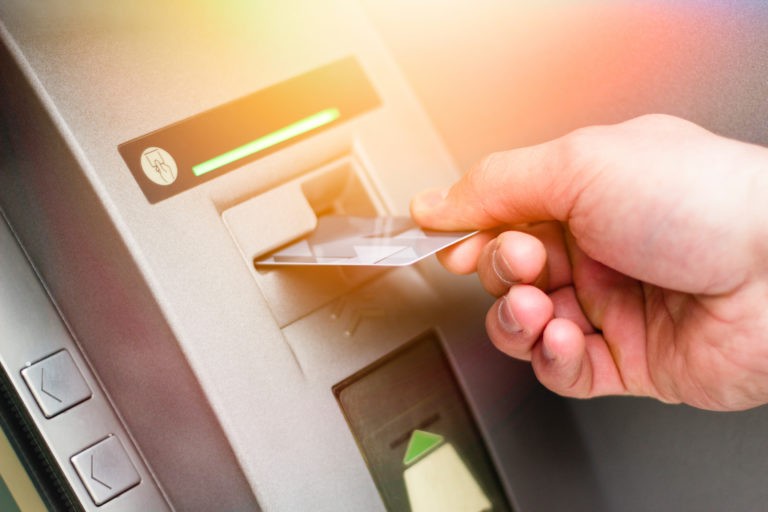In today’s fast-paced world, managing finances on the go has become more important than ever. With mobile banking apps, users can access and manage their accounts from anywhere at any time, without the need for a physical bank visit. These apps have revolutionized the way people interact with their money, offering convenience, speed, and flexibility. This post explores how mobile banking apps are shaping the future of personal finance management.
What Are Mobile Banking Apps?
Mobile banking apps are applications designed by financial institutions that allow users to manage their banking needs directly from their smartphones or tablets. These apps enable customers to perform a wide range of financial tasks, such as checking account balances, transferring funds, paying bills, and even investing, all from the palm of their hand.
Key Features of Mobile Banking Apps
Mobile banking apps come with a variety of features that make managing finances simpler, faster, and more convenient. Here are some of the essential features available:
1. Account Management
Mobile banking apps allow users to view real-time balances, track spending, and manage multiple accounts, all from one platform. This means that users can check their savings, checking, or investment accounts with ease.
- Instant Balance Updates: See your balance instantly without having to log into a website.
- Transaction History: Access recent transactions to track your spending and monitor for any unauthorized activity.
2. Fund Transfers
Transferring money between accounts or to other people is one of the most common uses of mobile banking apps. These apps make transferring money quick and straightforward, saving users time compared to visiting a branch or waiting for long processing times.
- Internal Transfers: Move money between accounts within the same bank in real-time.
- External Transfers: Send funds to accounts at other banks, often instantly or with minimal delay.
3. Bill Payments
Mobile banking apps make paying bills easier than ever. With just a few taps, you can pay utility bills, credit card bills, or even make one-time payments to vendors.
- Scheduled Payments: Set up recurring bill payments to ensure you never miss a due date.
- One-Time Payments: Quickly pay for services or products without leaving the app.
4. Mobile Check Deposit
Gone are the days of physically visiting a bank to deposit checks. Many mobile banking apps allow users to deposit checks by simply taking a photo of the check with their smartphone camera.
- Easy Deposits: Take a picture of your check and deposit it directly into your account.
- Instant Confirmation: Receive immediate confirmation when your check is successfully deposited.
5. Security Features
Mobile banking apps take security seriously, offering several layers of protection to ensure that your financial information remains safe.
- Biometric Authentication: Use your fingerprint or facial recognition for secure login.
- Encryption: Data is encrypted to protect personal information during transactions.
- Two-Factor Authentication: Additional verification steps to protect sensitive actions like transferring large sums of money.
Benefits of Mobile Banking Apps
Mobile banking apps offer a wide range of advantages that make them an essential tool for modern financial management. Here’s how they’re changing the way we handle money:
1. Convenience and Accessibility
One of the biggest benefits of mobile banking apps is the convenience they offer. Users can access their bank accounts anytime, anywhere—whether they’re at home, at work, or traveling.
- 24/7 Access: Perform banking tasks at any time, even when the bank branch is closed.
- Global Access: Manage your finances while on vacation, on a business trip, or anywhere you have internet access.
2. Time-Saving Features
Mobile banking apps save time by allowing users to complete transactions quickly without having to visit a physical branch.
- Quick Transfers: Send money to friends or family within seconds.
- Instant Bill Payments: Pay your bills in a matter of minutes, avoiding late fees.
3. Enhanced Security
Mobile banking apps use advanced security features to keep your information secure. With biometric authentication, encryption, and fraud monitoring, users can rest easy knowing their accounts are protected.
- Secure Logins: Log in using your fingerprint or face for added protection.
- Fraud Alerts: Receive alerts if suspicious activity is detected on your account.
4. Budgeting and Financial Planning Tools
Many mobile banking apps offer built-in tools that help users track spending, create budgets, and plan for their financial future.
- Spending Tracking: Monitor your spending in real-time and categorize your expenses.
- Budgeting Tools: Set limits on various categories to stay within your budget.
- Goal Setting: Set savings goals and track your progress directly from the app.
5. Investment Management
For those who want to take their financial management a step further, many banking apps now offer investment features that allow users to manage portfolios and track stock performance.
- Investment Portfolios: View and manage your stock and bond investments.
- Robo-Advisors: Use automated tools that suggest investment strategies based on your goals and risk tolerance.
The Future of Mobile Banking Apps
As technology continues to evolve, so too will mobile banking apps. Here’s a look at some trends that could shape the future of mobile banking:
1. AI and Personalization
Artificial Intelligence (AI) is expected to play a larger role in mobile banking apps by offering highly personalized financial advice and services. AI can analyze user behavior and spending habits to offer tailored recommendations, helping users make smarter financial decisions.
- Smart Recommendations: Receive personalized insights and suggestions based on your spending patterns.
- Automated Financial Advice: AI-powered tools could offer real-time advice to help you optimize your finances.
2. Voice Banking
Voice assistants like Alexa and Google Assistant are becoming increasingly popular, and soon, voice banking could become a standard feature in mobile banking apps. This will allow users to complete banking transactions and get account information simply by using voice commands.
- Hands-Free Transactions: Perform tasks like checking balances, transferring money, or paying bills using only voice commands.
- Enhanced Accessibility: Voice banking will make financial management easier for people with disabilities or those who prefer not to use touchscreens.
3. Cryptocurrency Integration
With the rise of cryptocurrencies, many mobile banking apps are exploring ways to integrate digital currency management. Users could potentially hold, transfer, and trade cryptocurrencies directly within their banking apps.
- Crypto Wallets: Store and manage your digital currency alongside your traditional bank accounts.
- Crypto Transactions: Send and receive cryptocurrencies directly from your mobile banking app.
4. Biometric Security Advancements
While many mobile banking apps already use biometric authentication, the future may see even more advanced forms of security. Emerging technologies, such as iris scanning or voice recognition, could offer even more secure ways to access accounts and approve transactions.
- Next-Level Security: Use advanced biometrics for secure access to your financial information.
- Behavioral Biometrics: New forms of authentication could analyze your behavior patterns (e.g., how you type or hold your phone) to ensure you’re the account holder.
Conclusion
Mobile banking apps are changing the way people manage their finances, offering unparalleled convenience, security, and speed. With a wide range of features such as account management, bill payments, mobile check deposits, and advanced security protocols, these apps are quickly becoming the go-to method for handling personal finance. As technology continues to evolve, the future of mobile banking apps looks even more promising, with AI, voice banking, and cryptocurrency integration on the horizon. Whether you’re looking to keep track of your spending, save for a goal, or make instant payments, mobile banking apps offer the tools you need to manage your finances on the go.





